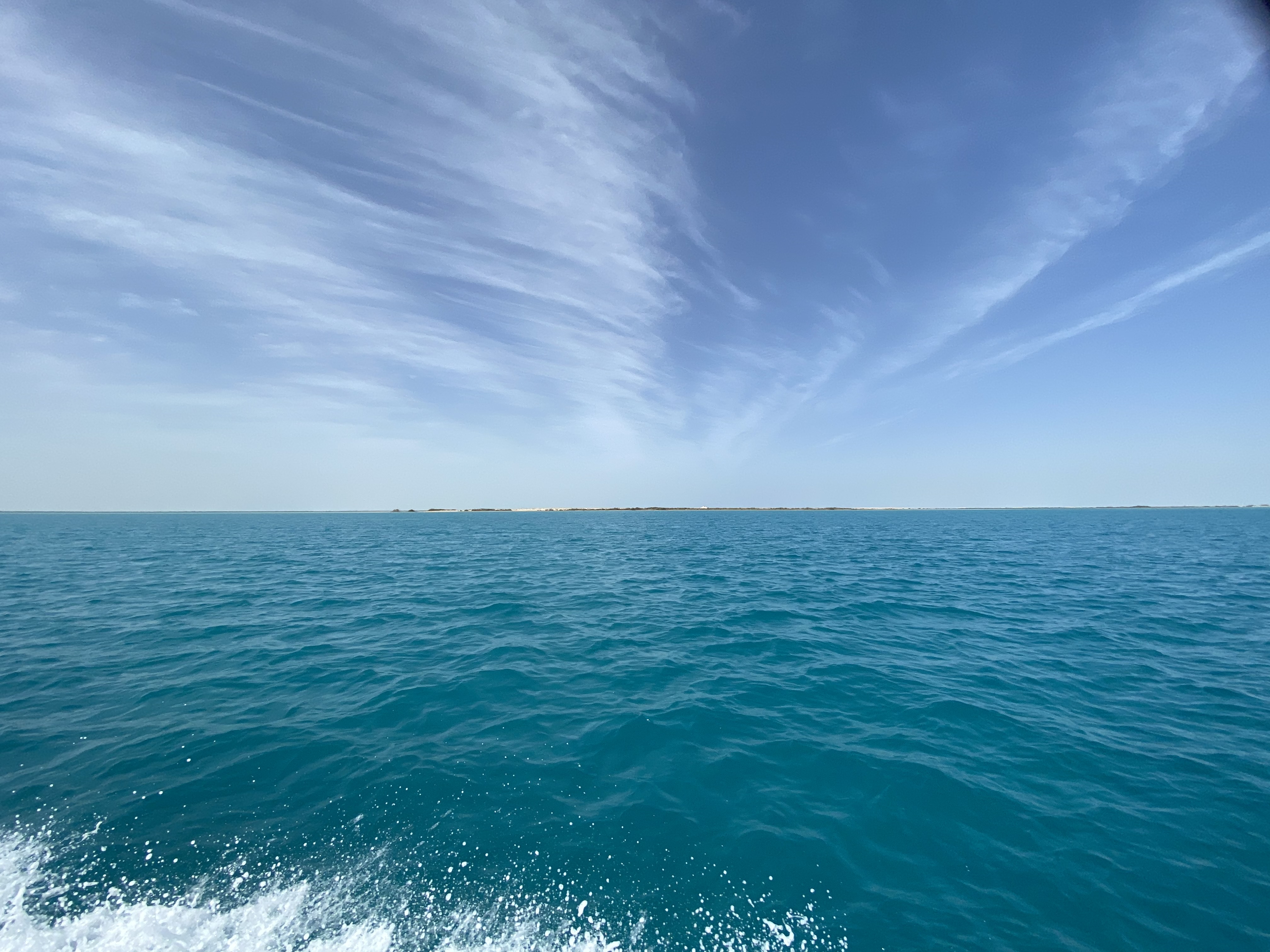

Antarctica's harsh environmental conditions, characterized by high levels of ultraviolet (UV) radiation, pose challenges for microorganisms. To survive in these extreme cold regions with heightened UV exposure, microorganisms employ various adaptive strategies, including photoprotective carotenoid synthesis. Carotenoids are garnering attention in the skin health industry because of their UV photoprotection potential, given the direct relationship between UV exposure and skin burns, and cancer. Also, there is a growing demand for natural and environmentally friendly photoprotectors, such as microbial-based products, in opposition to synthetic photoprotective agents with known adverse effects.
In this study, we assessed the carotenoid-producing abilities of Actinomycetota strains from Antarctic Peninsula soils and the photoprotective carotenoid action on UV irradiation resistance. Among 20 evaluated strains, one exhibited significant carotenoid production and it was identified through genomic analysis as a likely novel Arthrobactersp. strain, LAPM80. This strain's genome revealed the presence of genes coding for the biosynthesis of decaprenoxanthin C50 carotenoid. The LAPM80 strain exhibited enhanced resistance against UV-B irradiation, correlating with increased total carotenoid production in its stationary growth phase. Chemical characterization of the carotenoid extract identified major components as C50 carotenoids, probably decaprenoxanthin and/or sarcinaxanthin. Scanning electron microscopy revealed minimal surface changes in bacteria during carotenoid-rich phase after UV-B irradiation exposure. These findings highlight the likely ability of LAPM80 strain's C50 carotenoids to improve UV-B iiradiation resistance, indicating their potential for developing natural photoprotective compounds for the dermo-cosmetic industry.